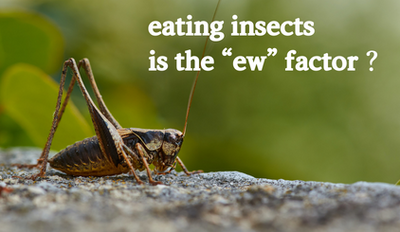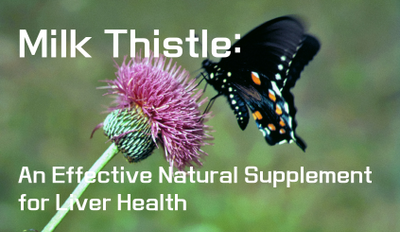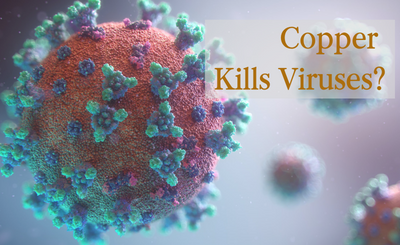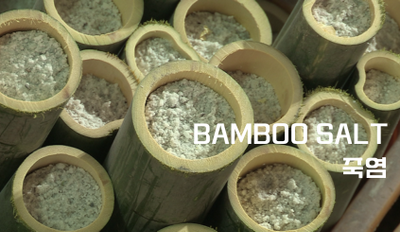Eating insects, also known as entomology, is a practice that has been around for thousands of years in many cultures. In recent years, it has gained attention as a sustainable alternative protein source due to the increasing demand for protein and the impact of animal agriculture on the environment. The trend of eating insects is still emerging and has not yet been widely adopted in many parts of the world, but it is growing in popularity in some countries, especially in Asia and Africa.

<source:Eco-friendly and hygienic cricket farm _ CRICRI Farm>
What Kinds of Bugs People Can Eat?
People can eat a variety of insects, including crickets, grasshoppers, beetles, ants, caterpillars, termites, and locusts, among others. The most commonly consumed insects are those that are readily available, have a high protein content, and have a palatable taste and texture. In addition, some species of insects are rich in essential nutrients, such as iron, calcium, and B vitamins, making them a nutritious food source. However, it is important to note that not all insects are safe to eat and some may contain harmful substances, so it is important to only consume insects that have been sourced from reputable suppliers and are fit for human consumption.
The most commonly eaten crickets are those of the species Acheta domesticus, also known as house crickets. They are commonly used as feed for pets, such as reptiles, or for human consumption. They are commonly raised on farms specifically for food production and are typically fed a diet of grains, vegetables, and other organic materials to ensure they are safe for human consumption. Other species of crickets, such as field crickets or mole crickets, are not commonly consumed due to their strong flavor or because they may be carriers of diseases. It is important to only consume crickets that have been sourced from reputable suppliers and are fit for human consumption.

<Livestock breeding farm>
The Benefits of Eating Bugs
Eating insects has several potential benefits, both from a nutritional and environmental perspective:
1. Nutrition: Insects are a rich source of protein, healthy fats, vitamins, and minerals. For example, crickets contain up to 68% protein and are a good source of B vitamins, iron, and calcium.
2. Sustainability: Insect farming is much more environmentally sustainable compared to traditional livestock farming. Insects require less land, water, and feed compared to cattle, pigs, or chickens, and produce much fewer greenhouse gas emissions.
3. Food security: As the global population continues to grow, there is an increasing demand for protein sources. Insects can be a valuable addition to the food supply and help to ensure food security in areas where traditional livestock is not feasible.
4. Cultural and traditional significance: Eating insects is a tradition in many cultures and has been a part of human diets for thousands of years.

<Destruction of nature due to climate change _ Tasmania>
Also, there are potential benefits of eating insects for nutrition. Insects are a rich source of protein and contain essential nutrients such as healthy fats, vitamins, and minerals, including:
1. Protein: Many insects are high in protein, with some species containing up to 68% protein by dry weight. This makes insects a good source of protein for people who don't consume meat or animal products.
2. Essential fatty acids: Insects contain healthy fats, including polyunsaturated and monounsaturated fatty acids, which are important for good health.
3. Vitamins: Some species of insects are rich in B vitamins, such as thiamine, riboflavin, and niacin, which are important for energy metabolism and brain function.
4. Minerals: Some insects are good sources of minerals such as iron, magnesium, and zinc, which are important for good health.
However, it's important to note that the benefits of eating insects can vary depending on the species and how they are raised and processed. It is also important to consider any potential health risks, such as foodborne illness, and to only consume insects that have been sourced from reputable suppliers and are fit for human consumption.
References
- The United Nations Food and Agriculture Organization (FAO) has extensive information on the benefits and potential of insects as a food source, including their nutritional value: http://www.fao.org/edible-insects/en/
- The World Health Organization (WHO) has published a report on the safety and nutritional value of edible insects: https://www.who.int/nutrition/publications/micronutrientrecommendations/en/
- The Academy of Nutrition and Dietetics, the largest organization of food and nutrition professionals in the United States, has published a position paper on the consumption of insects as food: https://www.eatright.org/about-us/position-and-practice-papers/position-papers/consumption-of-insects-as-food
- Scientific American has published several articles on the topic of eating insects, including their sustainability and nutritional value: https://www.scientificamerican.com/topic/edible-insects/

See the Edible cricket products grown in an Eco-friendly and hygienic farm -->CRICRI_FRAM




-20230321012125.png)


Comments: 0